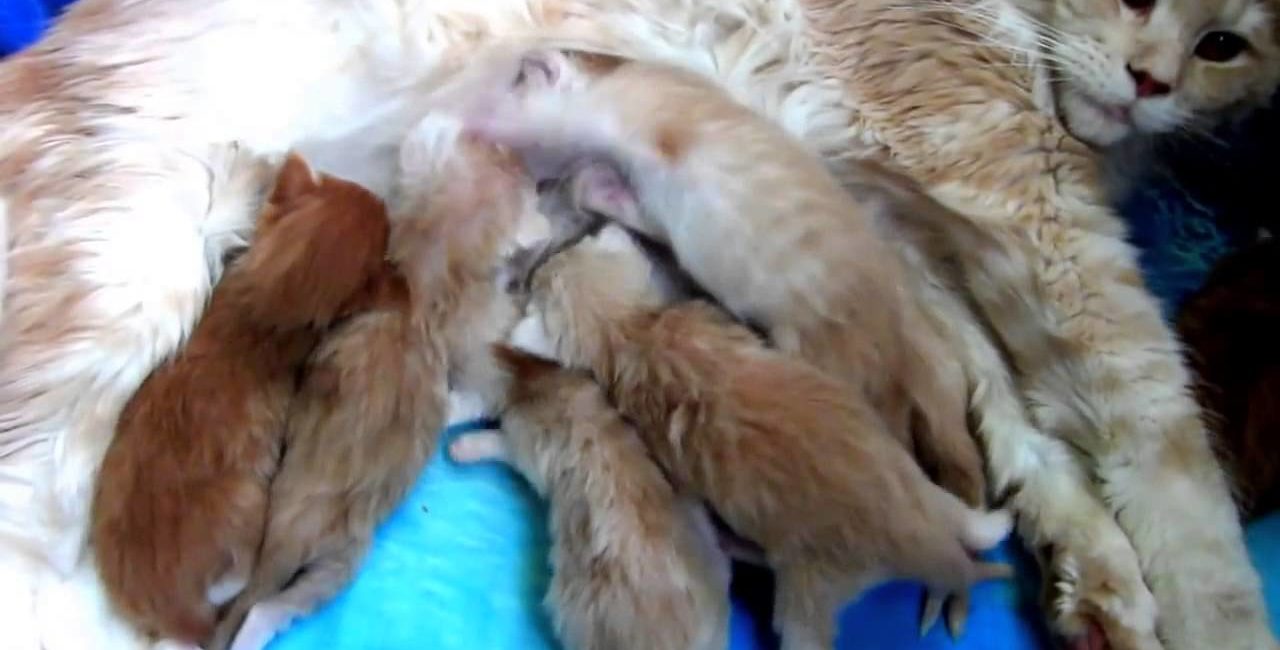FEBRUARY IS SPAY/NEUTER MONTH! DO YOUR PART!

 The problem of pet overpopulation is a global one and requires a solution on a global scale. But like every journey that begins with a single step, this particular journey must begin with every dog and cat owner. Those who do their part and act responsibly by spaying and neutering their family pets.
The problem of pet overpopulation is a global one and requires a solution on a global scale. But like every journey that begins with a single step, this particular journey must begin with every dog and cat owner. Those who do their part and act responsibly by spaying and neutering their family pets.
Spaying (ovariohysterectomy) is the surgical removal of a female dog or cat’s ovaries and uterus, while neutering (castration) is the removal of a male dog or cat’s testicles. To minimize discomfort and pain, both procedures are performed under general anesthesia. Most animals are back to their “normal” selves within a few days, the surgery site usually heals within two weeks, and any skin stitches removed by one’s vet at a follow up appointment.
According to SPAY USA, an unspayed female dog, her unneutered mate and their offspring (if none are spayed or neutered) result in the births of a staggering 12,288 puppies in just 5 years. An unspayed female and unneutered male cat and their offspring (if none are spayed or neutered) can result in the births of a mind boggling 781,250 kittens in 7 years.
The inevitable outcome? Millions of dogs and cats euthanized through no fault of their own. Why? Because they are the tragic but avoidable result of over breeding and overpopulation. Why? Because there are too few shelters to house them, too few rescues to save them, and too few homes to either foster or adopt them. Why? Because there are still too many owners unwilling to spay and neuter their pets.
Spaying and neutering dogs by the age of 6 months is growing in popularity, and the benefits to their health and well being are well documented. Spayed females are 16 times less likely to develop mammary cancer than those left intact. Early spaying is also their best protection against infections like pyometritis, and ovarian and uterine cancers. Early neutering of males protects them against testicular cancer, and helps curb aggression and other undesirable behaviors.
Both intact male and female cats may try to escape their homes to roam outside. Neutering a male eliminates roaming, urine spraying, and fighting with other cats. Spaying a female eliminates the estrus or “heat” behavior of yowling that attracts and invites mounting by roaming males.
Spayed female cats are less likely to develop breast cancer and won’t be at risk for either ovarian or uterine cancer. Neutered males won’t develop testicular cancer, and without the need to roam, their risk of being injured or infected by other cats is drastically reduced. And males neutered prior to puberty (six months) won’t develop the large head and thick skin of intact males.
For years, reputable rescue organizations have been spaying and neutering the animals in their care before putting them up for adoption. Now, spay/neuter clinics have been opening across the country, mobile spay/neuter clinics are reaching those unable to reach them, and many rescues have received grants enabling them to offer their own spay/neuter programs to low income households.
Imagine if every conscientious dog and cat owner in every community, town and city in the country took responsibility for spaying and neutering their family pets. Imagine what we, as part of the global community, could accomplish then.
